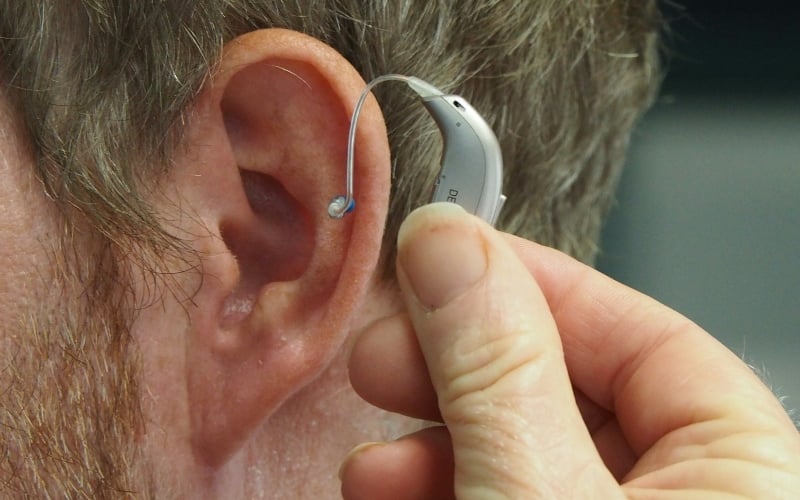Exposure to pollution can cause multiple health issues, including heart disease, respiratory infections, and cancer. A new study has found just how stark this link with cancer can be.
The European Environment Agency, a European Union agency tasked with providing independent environmental information, recently released a report noting that 10% of all cancer cases on the continent can be linked with some sort of pollution. That may include air pollution, second-hand smoke, radon, ultraviolet radiation, asbestos, and other chemicals. For many patients, exposure occurs at work. Officials say, however, that these cancer cases are not inevitable. There are programs and policies in place that could lower the numbers.
PHOTO: ADOBE STOCK / KIKUJUNGBOYStella Kyriakides, EU Commissioner for Health and Food Safety, says, “Every year in Europe, an estimated over a quarter of a million lives are lost to environmental related cancer. Prevention will always be better than cure, and as part of Europe’s Beating Cancer Plan, we have made a strong commitment to reduce contaminants in water, soil and air… The findings of the European Environment Agency show very clearly how the health of our planet and the health of our citizens are closely interlinked. We need to work with nature, not against it.”
The report found that pesticides, along with lead, arsenic, and other chemicals, can be found in European workplaces and are released into the environment. Many are carcinogenic, with some linked to a variety of different cancers. There is also still asbestos in many EU buildings, despite the fact that it was banned in the EU in 2005. Its presence can impact workers involved in demolitions and renovations, and it’s estimated that asbestos contributes to 55-88% of occupational lung cancers.
 PHOTO: ADOBE STOCK / TOMASZ ZAJDA
PHOTO: ADOBE STOCK / TOMASZ ZAJDA As for air pollution, both inside and outside, about 1% of all cancer cases and 2% of cancer deaths in Europe are linked to this issue. Second-hand smoke was also found to increase a person’s risk of all cancers by 16% in non-smokers. This looms large in Europe, as about 31% of Europeans are exposed to second-hand tobacco smoke at home, at work, and in public settings.
Additionally, indoor radon exposure and natural ultraviolet radiation are believed to contribute heavily, with about 2% of all cancer cases and one in ten lung cancer cases linked to radon and 4% of all cases linked to ultraviolet radiation.
The EU has been taking some steps to address these issues, though. The EEA notes that the Zero Pollution Action Plan aims to reduce air and water pollution, which officials hope will cut back on environment and occupation-linked cancers. They also have air quality standards set under the Ambient Air Quality Directives, with officials working toward matching recent guidelines from the World Health Organization. Additionally, the Chemical Strategy for Sustainability aims to protect people from harmful chemicals and push for the use of safer and more sustainable options. There is also a mandate calling for all EU member states to develop national radon action plans.
 PHOTO: ADOBE STOCK / VLADYSLAV
PHOTO: ADOBE STOCK / VLADYSLAV Hans Bruyninckx, EEA Executive Director, says, “Cutting pollution through the EU’s Zero Pollution Action Plan and the Chemical Strategy for Sustainability, as well as strong implementation of other existing EU policies, would go a long way to reduce cancer cases and deaths. This would be an effective investment in our citizen’s well-being.”
Provide Mammograms
Support those fighting Breast Cancer at The Breast Cancer Site for free! →
WhizzcoOriginal Article










